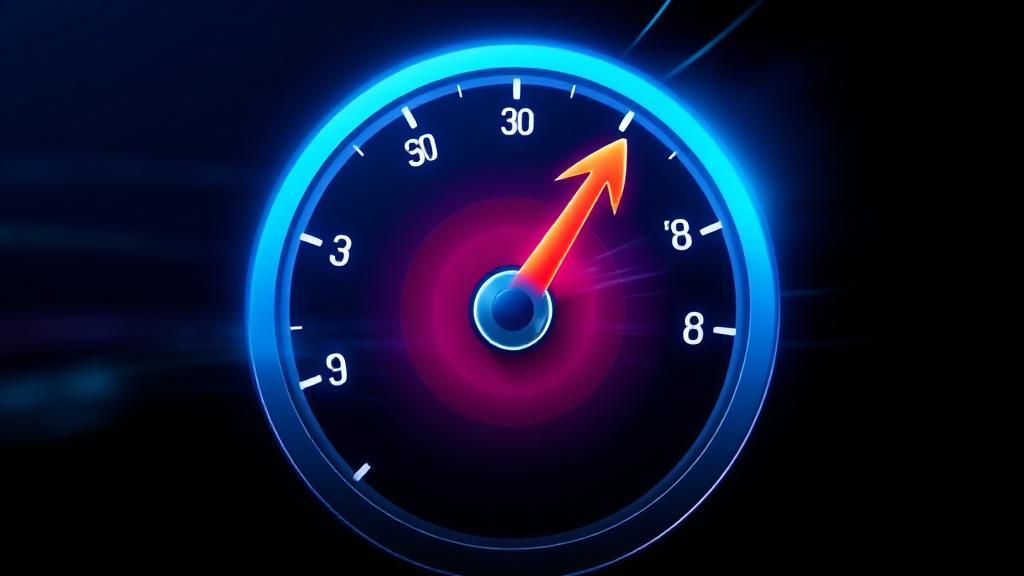Understanding Your Current Speed
Before making any changes, it's essential to know your current upload speed. You can use online tools like Speedtest by Ookla or Fast.com to measure your internet speed. Run multiple tests at different times of the day to get an accurate picture of your baseline performance.
Hardware Optimization
Router Setup and Placement
- Place your router in a central, elevated location
- Avoid placing it near walls, metal objects, or electronic devices
- Keep the router's firmware up-to-date
- Consider upgrading to a newer model supporting modern standards like WiFi 6
Cable Connections
Using a wired Ethernet connection can provide a more stable and faster internet connection than Wi-Fi. Cat6 or Cat7 cables are recommended for optimal performance.
Software Solutions
Clear DNS Cache
On Windows, open Command Prompt as administrator and type:
Update Network Drivers
- Visit your computer manufacturer's website
- Download the latest network adapter drivers
- Install and restart your system
Internet Service Provider (ISP) Considerations
Upgrade Your Plan
Many ISPs offer asymmetrical plans with significantly lower upload speeds than download speeds. Consider switching to a fiber or business plan for better upload capabilities.
Peak Hours and Scheduling
- Identify off-peak hours for large uploads
- Schedule important uploads during these times
- Use scheduling tools for automated uploads
Network Optimization
Quality of Service (QoS) Settings
Many modern routers come with Quality of Service settings that allow you to prioritize certain types of traffic. Enable QoS to allocate more bandwidth to upload-intensive activities.
Reduce Network Congestion
- Disconnect unused devices from the network
- Use dual-band routers (5GHz band for faster speeds)
- Close unnecessary applications running in the background
- Disable auto-updates during important uploads
- Use file compression before uploading
Regular Maintenance
Keep your system optimized with these practices:
- Update operating systems and software regularly
- Scan for malware periodically
- Restart your router occasionally
- Monitor speeds using tools like NetUptime Monitor or Glasswire
Remember that internet speeds can vary based on numerous factors, including:
- Time of day
- Network congestion
- Weather conditions
- Distance from ISP infrastructure
If you've tried these optimizations and still experience slow upload speeds, contact your ISP for professional assistance. They can run diagnostics and potentially resolve any underlying problems.
